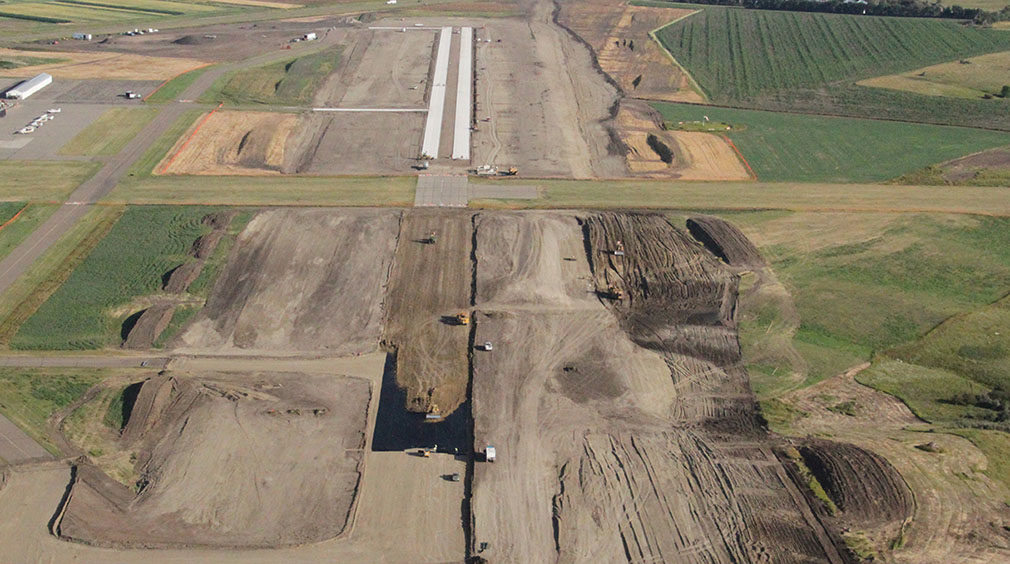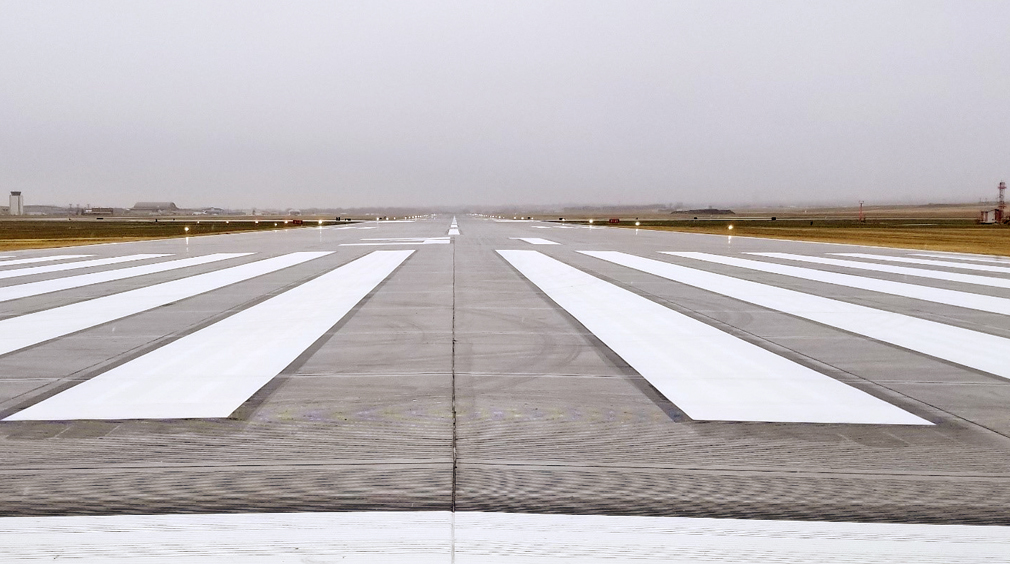PROJECT
The Sioux Falls Regional Airport (FSD), like many airports across the world, began to struggle with deteriorating pavement along multiple runways and taxiways. Recurring damage was so significant that airport maintenance personnel routinely performed emergency asphalt patching to temporarily repair failed areas. Serving as FSD’s primary engineering firm for nearly a decade, KLJ was prepared to provide design and engineering services to enhance the airport’s operational efficiency.
KLJ has become very familiar with FSD’s planning and engineering needs over the past 10 years. For their most recent project, our team provided recommendations for long-term improvements that would allow for limited closure. The first project was planned to be executed in three phases over a span of three years
SOLUTION
Phases 1 and 2, which began in April 2017, were completed in 211 total hours over two 78-hr weekends of round-the-clock operations. FSD was only closed for 3.25 days for each phase of construction, which included the removal and replacement of 22,400 square yards of 17-inch-thick concrete pavement and 18,000 cubic yards of base material.
The third and final phase of the project, which was completed in November 2017, called for full reconstruction of approximately 1,600 feet by 150 feet of Runway 3-21, reconstruction of four connector taxiways, rehabilitation of approximately 600 feet by 50 feet of runway pavement, reconstructing W National Guard Drive, and mill and overlay of one connector taxiway. Approximately 48,000 square yards of concrete, most of which was 17-inch-think runway and taxiway pavement, was poured for the project. Other work included in-pavement runway centerline and touchdown zone lighting, taxiway edge lighting, runway grooving, asphalt taxiway shoulders, runway and taxiway markings, and miscellaneous pavement rehabilitation.
Additionally, a barrier arresting kit, called a BAK-12, was replaced at the airport for emergency use by the S.D. Air National Guard. The arresting system is emplaced as a precautionary measure in the instance that one of the S.D. Air Guard’s F-16 fighter jets has a malfunction.
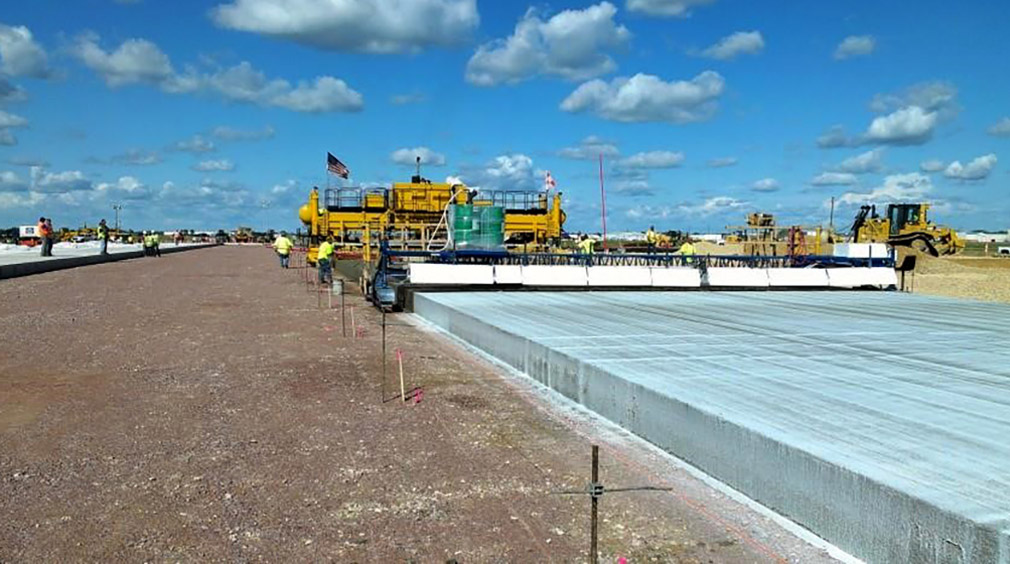
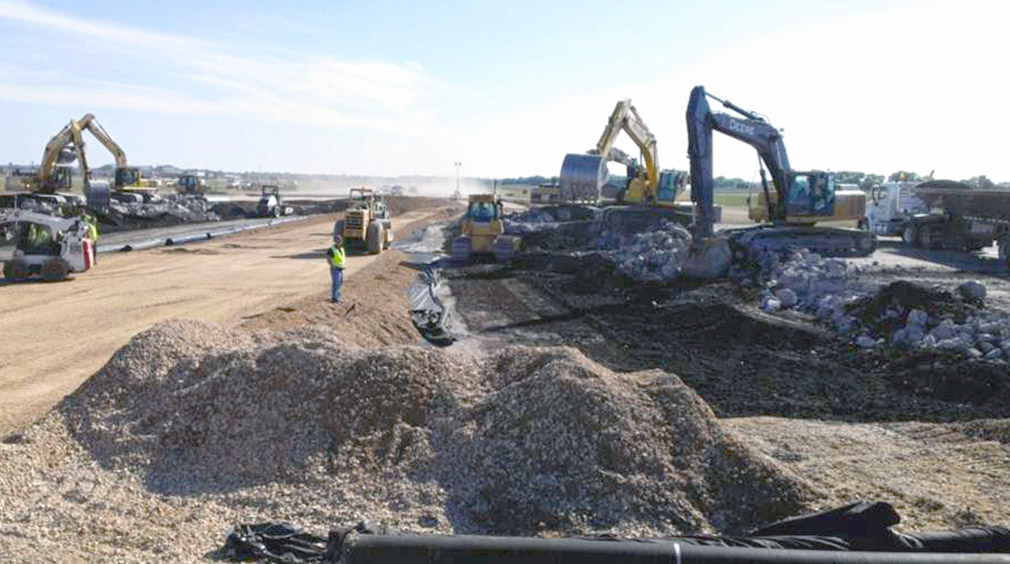
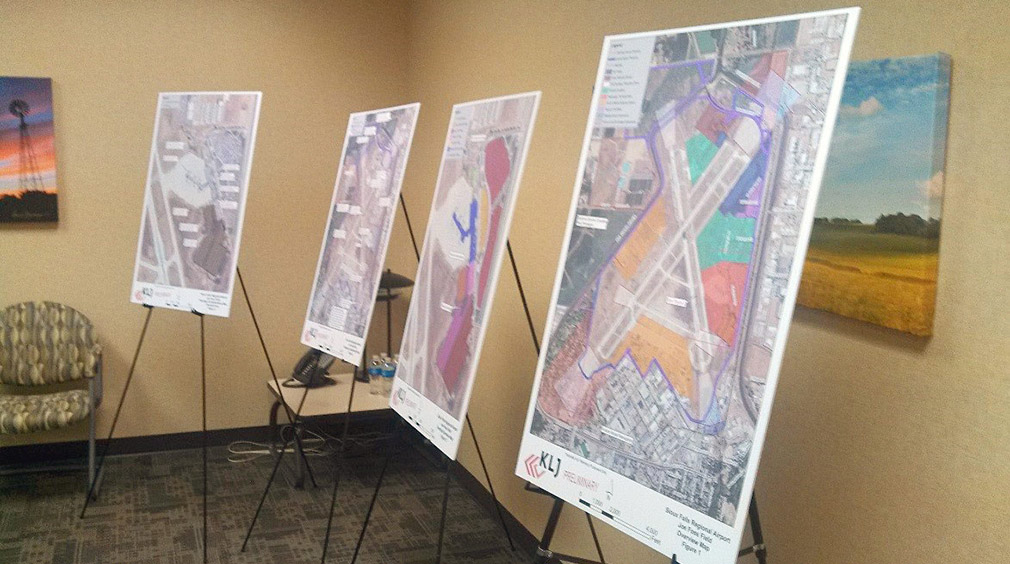
RESULTS
The updates performed align with FSD’s short-term and mid-term implementation plans. The improvements ensure that FSD is able to safely accommodate travelers while continuing to build capacity to meet growing demands.

